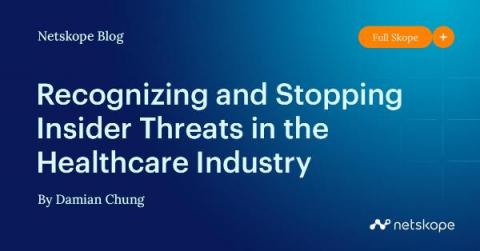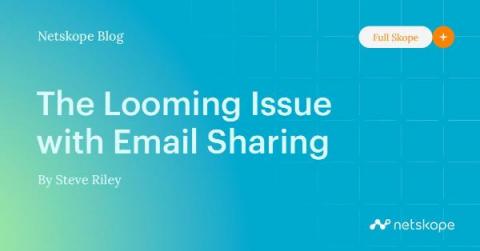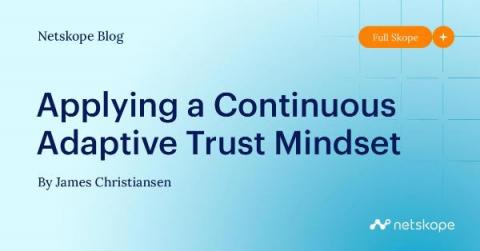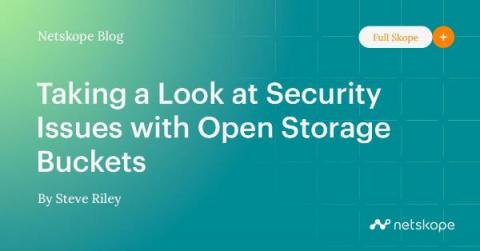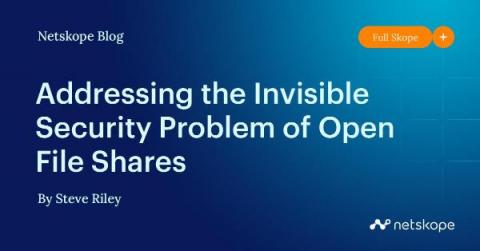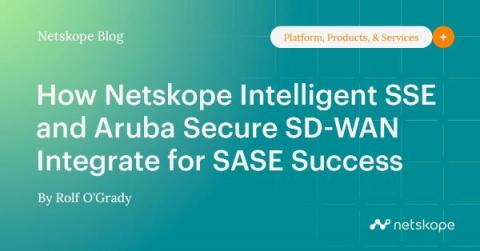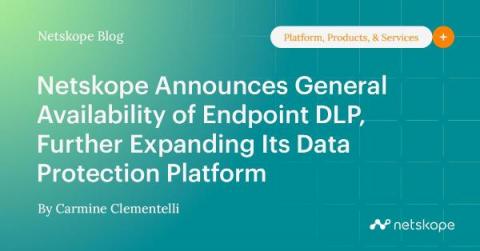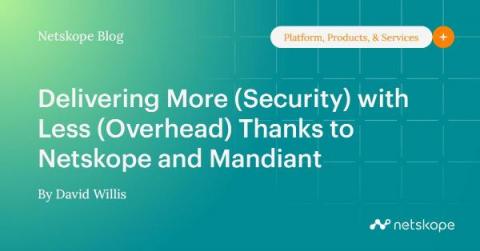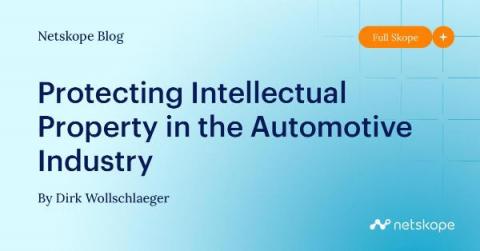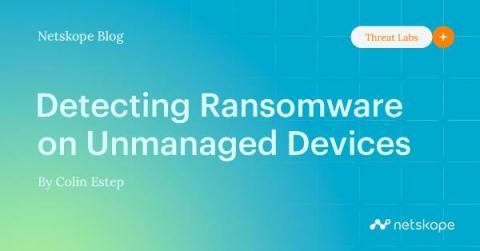Recognizing and Stopping Insider Threats in the Healthcare Industry
As a direct result of COVID-19 burnout, the ongoing Great Resignation trend might be impacting healthcare more than any other industry. Research shows that healthcare has already lost an estimated 20% of its workforce over the past two years. This turnover is happening top-to-bottom throughout organizations. Doctors are switching between hospitals, administrative staff are leaving the industry, and technology teams are being lured away by higher paying jobs in other sectors.


